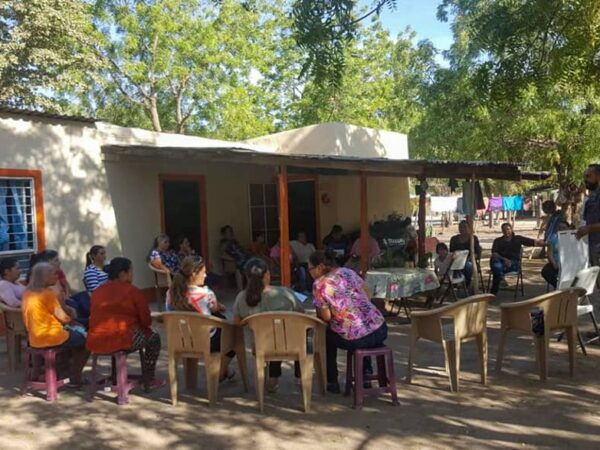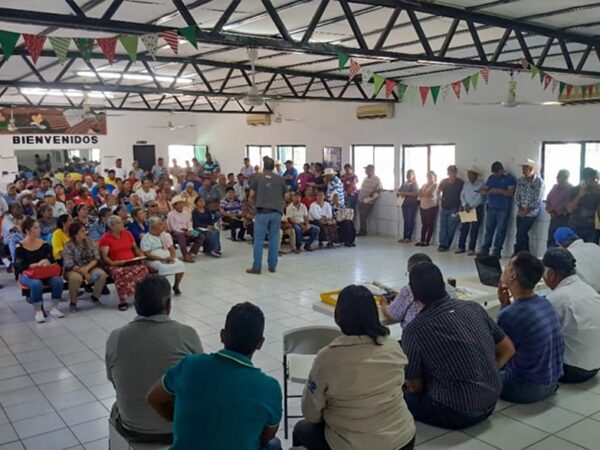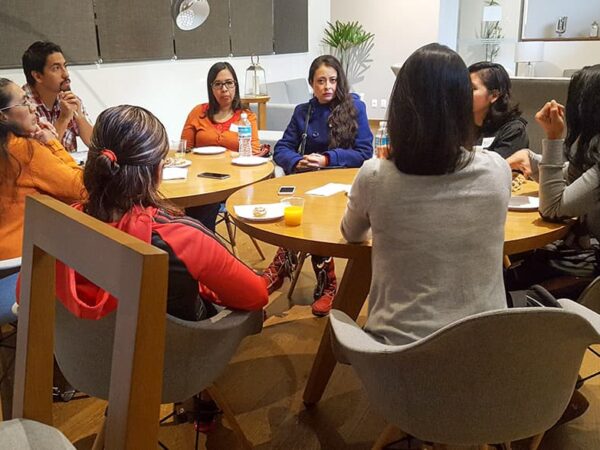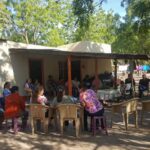
What is the Social Baseline Study?
The Social Baseline Study describes, quantifies and analyzes the about to be modified, by the developer’s presence or experimentation in the area, space conditions.
The Social Impact Evaluation requires the generation of specific social intelligence, and that is why SENER adequately establishes a Baseline Study of integrated methods as necessary. This means that the information recollection is not limited to secondary statistical data generated by institutions such as INEGI or CDI, given that these may not be sufficiently up-to-date or may not offer disaggregated information at the required level. Ideally, the study analysis is generated from the information integrated from:
- Secondary sources data generated from government institutions or case studies for international bodies, for instance.
- Quantitative fieldwork conducting surveys and Core Area of Influence housing census.
- Qualitative techniques with a participative approach focus groups, in-depth interviews, ethnographies in the different project’s Areas of Influence.
What is this information for?
This analysis is key for the Social Impact Assessment, as it constitutes a benchmark in a given time. This way we will be able to know how the change is formed: to what extent and what kind of changes are generated on a social level before, during and after the promoter’s intervention. As of the Baseline Study, indicators are also created in order to monitor social change or alterations -whether or not attributable to the presence of the promoting project.
Obtained data is essential to predict and assess impacts, as well as to direct Social Management Plans in a more efficient way for the population. It is set up as a particularly important source of inputs to anticipate and manage social risks in a timely manner.
This is also the first formal approach to the population, and in many cases, the company or developer’s calling card to the community. This first approach’s opportunity, tactfulness, respect and manner, might be decisive to set the tone for the relationships intended to be established with the community.
From our experience conducting Baseline Studies, some issues to be considered when conducting this kind of study are:
Approach.
- The information offered to the inhabitants to explain the presence of researchers in their communities must be very clear. Approach must be done with great sensitivity, in order to avoid the Baseline Study to trigger fears, rumors or resistance.
Planning, executing and analyzing time.
- The Baseline Study is broad-spectrum, it is not recommended to rush it, as the quality of the Social Impact Assessment depends on it. The questionnaire and observation guides design, piloting, contact time, familiarization and recruitment of possible interviewees is a process that must not be done in an unexpected way, in order to generate trust and better-quality results.
Research instruments design.
- The questionnaire design must be strategic. Care should be taken to avoid capturing aspects of private life or of a dynamic nature. It is necessary to be very clear about the objectives pursued with each of the instruments, whether quantitative or qualitative.
Field personnel safety.
- This is an issue to be considered from planning when conducting surveys or anthropological immersions. This does not exclusively refer to the presence of criminal groups in the evaluated areas, but also to the fact that sometimes the communities are very closed and do not allow the presence of researchers. It is always suggested that field personnel are properly identified and to show cover letters to local authorities and moral leaders of the communities.
Little or no updating of localities or new housing developments in official cartography.
- They need to be addressed and considered even in the absence of data from secondary sources.
Overall assessment of all the collected elements.
- It is essential to see how secondary data interacts with field experience. For instance, in a Baseline Study conducted in the Monterrey metropolitan area, the secondary data showed a low or null level or poverty, however, the qualitative phase allowed us to confirm intangible or symbolic deficiencies, such as a strong sense of exclusion and detachment, manifested in the few routes and frequency of buses, unfit street lightning, etc.
Formation of an interdisciplinary team.
- In addition to experts in demography, it is necessary to have a social psychology perspective to understand identity-building and reaction to change elements in the communities.
In conclusion, the Baseline Study provides the raw material with which the social part of the infrastructure project will be managed. It is worth to invest the necessary time and resources, as well as to encourage company decision-makers to pay the upmost attention to prevent and adequately manage the social issues involved in its development.
By Ana E. Suárez Zamudio | I also write for: Oil & Gas Magazine






